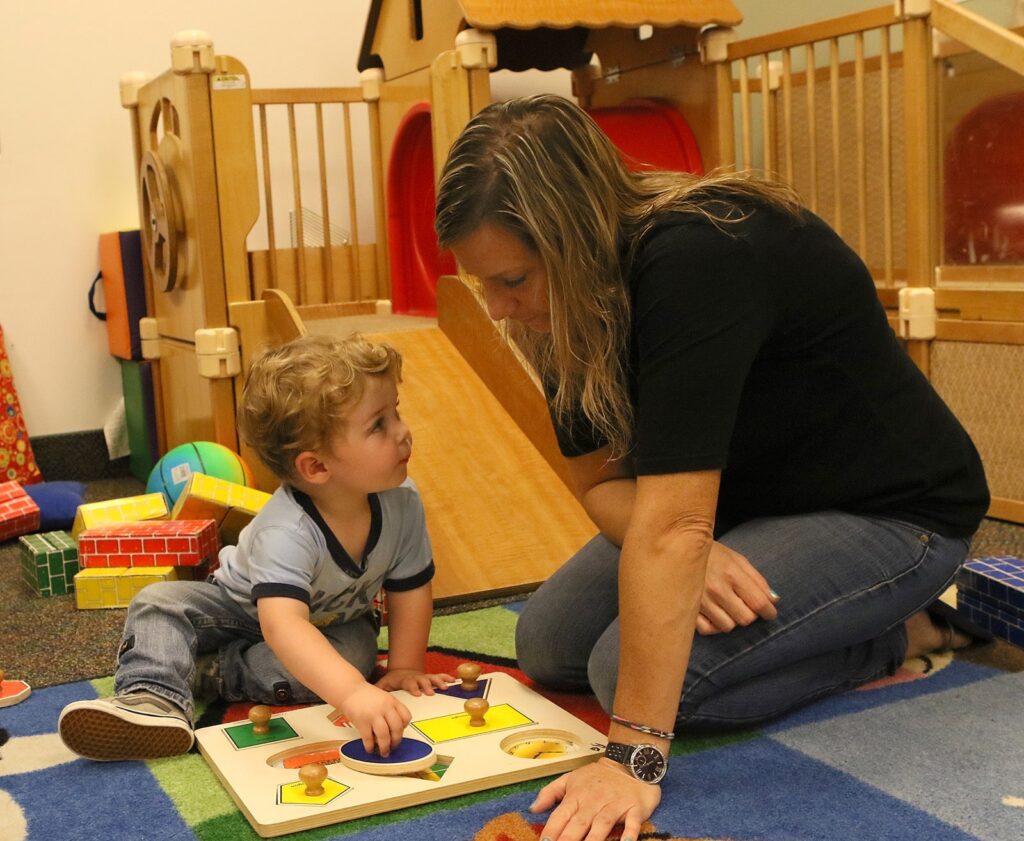Millions have Billions Waiting for Them from Uncle Sam

Thirteen months after the violent insurrection he helped instigate, Donald Trump’s latest sociopathic ramblings continue to command the focus of MSNBC, the New York Times and the Washington Post. This is largely a function of the echo chamber of analytics where Trump’s hate soaked red meat can generate the clicks that have preempted what we used to call news judgement.
That web traffic is then used to rationalize his continued relevance in our national conversation. It’s an echo chamber that makes it hard to heal and move past this extended national nightmare that’s fueled by a media that profits by promoting conflict and controversy. All the oxygen is taken up with who is winning and who is losing power in the beltway. Meanwhile, the actual circumstances of the American people are just not on anybody’s radar.
This obsession with tracking all things Trump crowds out other news stories like the fact that five million households that struggle week to week to make ends meet have yet to claim what can be as much as $3,600 per child under the expanded Child Tax Credit that was part of President Biden’s American Rescue Plan.
This represents over $13 billion that’s sitting in the U.S. Treasury as these families are dealing with the expiration of the eviction and foreclosure moratoriums put in place earlier in the pandemic. But with a media machine that’s tilted to sell cruises and luxury cars, there’s just no upside in clogging up the sales channel to reach folks with little disposable income.
And as for too many members of Congress, all too much of their time is taken up with bringing in campaign cash, not getting the aid out to their constituents that they so badly need.
In New Jersey, according to the United Way’s ALICE (asset limited income constrained employed) project more than 138,000 eligible families in New Jersey have yet to claim their benefit. The non-profit’s ALICE initiative started over a decade ago and calculates the actual cost of living for households with two children that includes shelter, childcare, utilities, health care and other essentials that can vary widely across zip codes. It provides a much more accurate snapshot of what’s happening on the ground where tens of millions of Americans struggle. By contrast, the federal poverty level only factors in the cost of food and is a relic from the Johnson era ‘War on Poverty.”
“The so-called ‘poverty line’ was determined in the mid-1960s by calculating the amount of money it costs to buy a basic basket of food and then multiplying that amount by three,” according a white paper by Rourke O’Brien and David Pedulla in the Stanford Social Innovation Review. “The measure does not consider other living costs besides food, and the federal poverty line is the same whether a person lives in New York City or McAlester, Oklahoma.”
The federal poverty formula is indexed yearly for inflation and is currently $13,590 per individual or $27,750 for a family of four. Consider that back in 2018, before this latest inflation spike, the United Way calculated in our state that a “survival” budget was $30,240 per year and for solo seniors it was $33,552, which accounts for increased health care costs. For a family of four, with an infant and a four year old the “survival” household budget was $88,224.
“Between 2007 and 2018, New Jersey experienced steady economic improvements according to traditional measures,” according to the most recent United Way report. “Unemployment in the state, as well as across the U.S., fell to historic lows, GDP grew, and wages rose slightly. Yet in 2018, 37% of households still struggled to make ends meet. While 10% of these struggling households were living below the Federal Poverty Level (FPL), another 27% were ALICE: Asset Limited, Income Constrained, Employed. These households earned above the FPL, but not enough to afford basic household necessities.”
When you break out the county by county data, you see that in Cumberland County, when you combine the cohort of families living below poverty and those who are in the ALICE cohort, you have 51 percent of households struggling week to week to get by. Passaic it is 48 percent, Atlantic 46 percent, Essex 46 percent, Salem 44 percent and Ocean 40 percent.
This is a dashboard that incumbent politicians ignore at their peril as former Senator Stephen Sweeney found out. In 2018, Alexandria Ocasio-Cortez rocked conventional political wisdom when she defeated fellow Democrat and powerbroker Rep. Joe Crowley in a district where ALICE households had become the majority with Queens having 52 percent of households struggling week to week and the Bronx 66 percent in that same crucible.
It should come as no surprise Rep. Ocasio-Cortez has an easy to use link on her website where ALICE households can calculate what they might get back when they file for the CTC.
Couples making less than $150,000 or individuals earning less than $75,000 can qualify. Undocumented parents whose kids have social security numbers issued before May 17, 2021 can also qualify as long as the adults filing have an Individual Taxpaeyer Identification number.
As it turns out, while nationally 41 percent of Americans living below the ALICE threshold have still to collect their expanded Child Tax Credit, here in New Jersey half have not, which means there’s more than $415 million that could be put to work hor ALICE households, which are often headed by lower paid essential workers who bore the brunt of the pandemic.
As the concentration of wealth has concentrated and income disparity widened, the cohort of families living below the ALICE threshold has only grown here in New Jersey and throughout the country. These trends did not manifest overnight, but are the result of decade after decade rigging of the American economy to promote the accumulation of vast amounts of wealth in fewer and fewer hands.
According to the Economic Policy Institute between 1948 and 1979 worker productivity went up 118.8 percent while worker pay weant up 107.5 percent. Contrast that with what happened between 1979 and 2020 when productivity went up 61.8 percent but hourly pay only 17.5 percent up.
It’s no accident that the slowdown in wages came as industries like trucking and the airlines were deregulated as the percentage of Americans in a labor union declined dramatically.
“A closer look at the trend lines reveals another important piece of information,” according to EPI. “After 1979, productivity grew at a significantly slower pace relative to previous decades. But because pay growth for typical workers decelerated even more markedly, a large wedge between productivity and pay emerged. ‘
EPI’s analysis continues. “The growing gap amid slowing productivity growth tells us that the same set of policies that suppressed pay growth for the vast majority of workers over the last 40 years were also associated with a slowdown in overall economic growth. In short, economic growth became both slower and more radically unequal.”
This is precisely what President Biden has been trying to address with provisions in the Build Back Better agenda that not only included carrying on with the Expanded Child Tax Credit, but supporting universal access to child care and pre-K. People still have time to claim the Child Tax Credit when they file their taxes. Yet, Dr.Stephanie Hoopes, national director of the United Way’s ALICE project, warns there are a myriad of impediments they need to navigate including lack of access to the web or experience with web based applications.
“The biggest reason they are not getting it is if you are not in the IRS system–if you didn’t file a tax return in the years prior
and don’t have a direct deposit then the IRS doesn’t know where to send it,” Dr. Hoopes explained. And the other huge thing is do you have a bank account to put the money in. There’s a whole unbanked population.”
Dr. Hoopes warns that families on a tight budget consider using the network of non-profit tax preparers because
commercial tax preparers, who have a powerful lobbying presence in Washington, can take a big bite out of the tax return ALICE families are counting on. “They have to be cousins of the payday lenders and cash checking places,” she said.
If Democrats don’t want to crash and burn in 2022 they need to take back the narrative. Rather than letting Sen. Manchin get more press proclaiming the expanded Child Tax Credit and Build Back Better are both dead, House Democrats should follow AOC’s lead and make signing up their qualifying constituents a top priority.
Seems like a great talking point for Vice President Harris to make to an audience of essential workers when she comes to Newark on Friday. Let the nation see just who qualified.










Leave a Reply